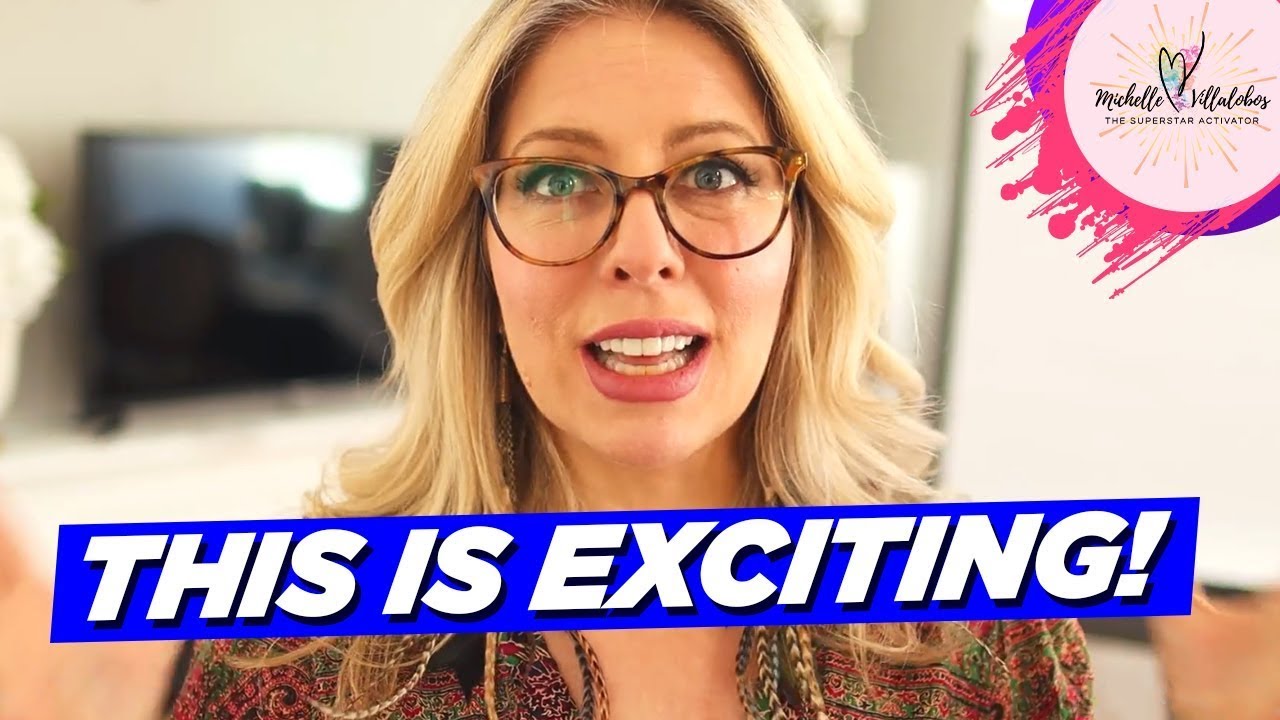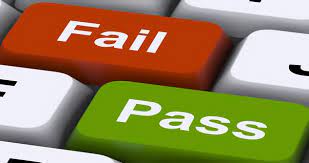One of the most effective types of contentthat a B2B marketer can deliver is thought leadership. When done correctly, B2B thought leadership contentprovides readers with new and relevant information and assists them in making better decisions.
It is, however, not easy to create an effective thought leadershippiece. Data and research findings must be presented in a transparent, credible, and trustworthy manner. The information must then be woven into an engaging narrative. Finally, this narrative must compel the prospect to act.

What Is Thought Leadership Content Marketing?
What Is B2B Thought Leadership Content?
Thought leadership content is a marketing strategy used by organizations to increase their share of voice within an industry, boost credibility, and differentiate themselves from the competition. A well-executed thought leadership content strategypositions a brand or individual as a go-to resource, increasing awareness and returning visits.
The following are examples of thought leadership content:
- Original Research
- Blog Posts (on-site and contributed bylines)
- Webinars
- Videos
- Whitepapers
- eBooks
Now that you understand what thought leadership content is, let's look at some of the steps that should be taken to achieve success.
Identify The Goals
As with any marketing strategy, you must first outline and establish the objectives you wish to achieve. Your strategy should be consistent with your overall brand position, sales objectives, and marketing/audience target.
Define Your Target Audiences And Create Buyer Personas
After you've established your goals and KPIs, it's time to move on to the content creationphase of the process. A target must be established before the pen touches the paper (or the fingers the keys). We recommend starting at the macro level. What problems (pain points) are you attempting to address with your content? Is there a focus on any specific markets or industries? These questions must be answered within your organization before moving on to more micro-level targeting, which begins with buyer personas.
Effective thought leadership content makes the recipient feel as if they are being directly addressed. Creating buyer personas is a great way to ensure this is done correctly. Consider age, geographical location, , job title, purchasing power, and challenges.
Also, once buyer personas are created to match your diverse audience, be sure to monitor and revisit them as needed over time. Customer questions and challenges evolve, and you must make sure you keep up to deliver the right content at the right time.
Monitor The Competition
To beat the competition, you must first understand who they are and what they stand for. Identify a core set of competitors (3-5) as you develop your thought leadership content roadmap. Following that, you should conduct a thorough competitive analysis. Our team typically begins this process by evaluating the competition's overall content portfolio using tools such as SEMrush and Screaming Frog. We do this by examining how frequently content is created, the types of content used, the topics covered, the publications/audiences targeted, and so on.
Combine all of this information into a presentation to provide a quick and easy way to view competitor data. Then, compare the strategies to your own and begin mapping out the areas of opportunity that exist for your organization to get out ahead of the pack.
Track Results
Showing the impact of your thought leadership strategyis important to justify future efforts, but it's also critical to show the impact of their work and representation to the very SMEs you're using to promote the content.
As you implement your strategy and launch multiple campaigns, collect data points and distribute them throughout your organization. This should undoubtedly include the sales team, as they can use the data to determine which content is resonating the most and which pain points that content is addressing. Data points will assist the content team in determining which content is most effective with the audience, and from there, the overall strategy can be refined for future growth and engagement.
B2B Thought Leadership Creates Big Business Benefits – But Only If Done Well
B2B buyers enjoy being educated. B2B buyers are risk-averse because the solutions they purchase are complex and expensive. These same characteristics cause these buyers to reject traditional marketing in favor of thought leadership content, which is inherently less biased (when done correctly).
According to the 2020 Annual Report on B2B Thought Leadership, nearly half of B2B decision-makers spend at least an hour per week consuming thought leadership content.
Furthermore, approximately half of B2B decision-makers say thought leadership content influences their purchasing decisions. Strong thought leadership content, according to these decision-makers, not only strengthens a company's reputation, but also "positively impacts RFP invitations, wins, pricing, and cross-selling that occurs post-sale."
Clearly, there is a significant disparity between how much time B2B buyers spend consuming thought leadership content and how much high-quality thought leadership content they believe is available. This disparity provides an opportunity for businesses to become truth tellers simply by creating thought leadership content based on real-world research.
Thought Leadership Can Be A Marketing Strategy
Any brand that can achieve thought leadership status stands to benefit significantly from increased attention. This can translate into a kind of currency that allows thought leaders to outperform their competitors on a variety of levels.
To begin, thought leadership has the potential to drive growth more "organically" than many other avenues (pay-per-click, for example). That is, rather than seeking out customers or clients through various forms of advertising, whether online or in the "real world," a trusted source is typically sought out for their knowledge. Increased public awareness does not render traditional forms of marketing obsolete. (Even established industry leaders such as IBM and AWS run advertisements.) Instead, it can increase organic exposach while increasing their value.
People Also Ask
What Is Thought Leadership Example?
A thought leader, for example, could be a company that has extensive experience and success in its industry. It can also be a collection of content from people who know an industry better than anyone else, as demonstrated by a brand's content marketingto spread the word about important topics.
What Is Thought Leadership Strategy?
At its core, thought leadership is a marketing strategy that focuses on content that establishes you as an expert in your field rather than content that sells. The goal is to provide answers to questions posed by your target audience.
How Thought Leadership Impacts B2B Demand Generation?
According to the 2020 Thought Leadership Impact Study, when compared to actual feedback from B2B buyers, B2B marketers and salespeople significantly underestimate the impact of thought leadership on demand generation and sales efforts.
Conclusion
To drive inbound leads and sales, B2B brands in 2022 and beyond must focus on more than website product and service pages. Whatever industry your company is in, there is almost certainly a competitor out there establishing themselves as a thought leader and diverting attention away from your brand.
This B2B thought leadership content roadmap should have inspired you to develop or improve your strategy!


